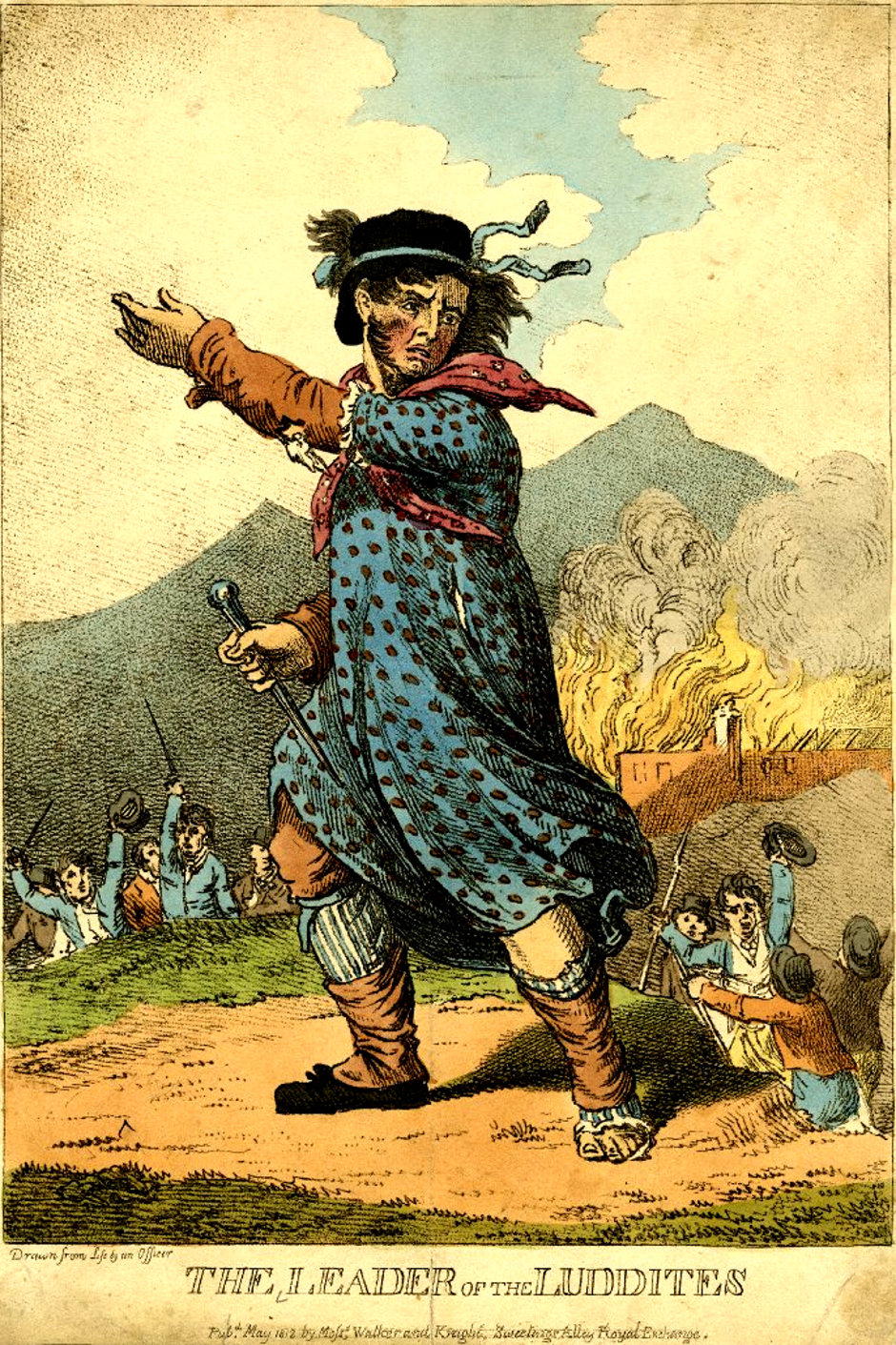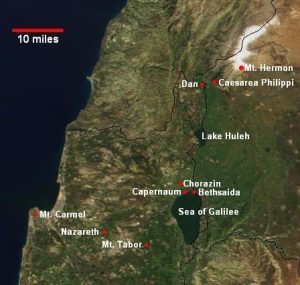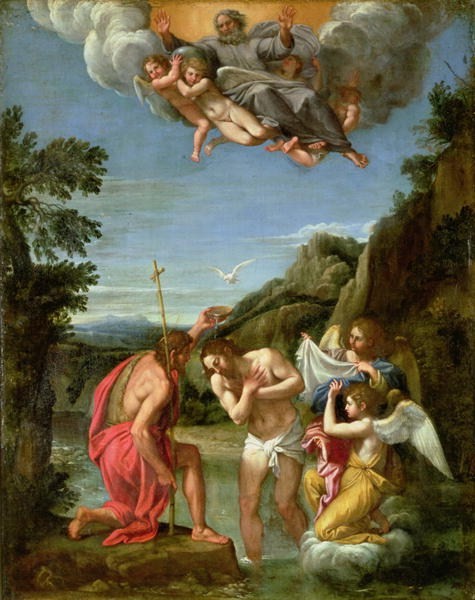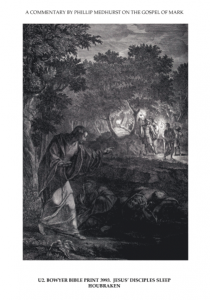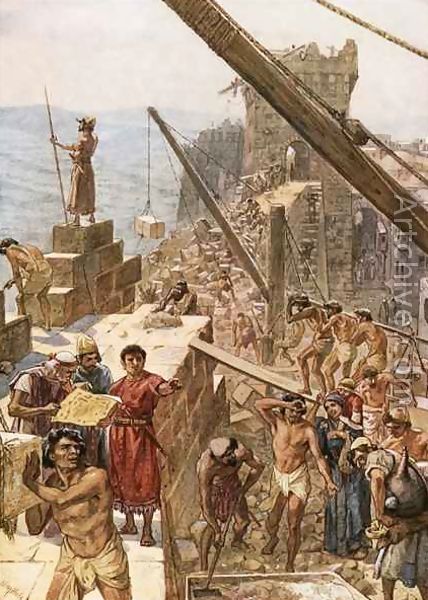No. (But historicists do argue for interpolations and interpret contrary evidence metaphorically.)
This is another misinformed assertion advanced by some who appear never to have read mythicist publications. I most recently noticed it in a response to another post by James McGrath complaining that mythicists do or don’t do or argue this and that, and again without offering any specific examples to inform readers of the basis for his accusations.
I show here that the exact opposite is the case. You know what they say about false accusations being projections etc. It is indeed the historicists who explain away contrary evidence as metaphor, and it is the “historicists” who are the ones who have made the arguments for interpolations.
Humanity and Historicity
The first point one needs to address in the implication that humanity of Jesus, or his existence in the flesh, must by definition mean Jesus was a historical figure. This is a false assumption. Many mythical figures have been described or implied as “human” or having “bodies of flesh”.
The accusation, I think, usually is targeted specifically at what the person believes Doherty argues.
Interpolations
The only interpolations singled out in Paul’s letters by anyone who advances a mythical Jesus (at least from my readings) are those that are strongly argued to be interpolations by scholars who have expressed no interest in mythicism, and who almost certainly would accept a “historical Jesus”. Continue reading “Do mythicists read Paul’s references to Jesus’ humanity as interpolations or metaphors?”


